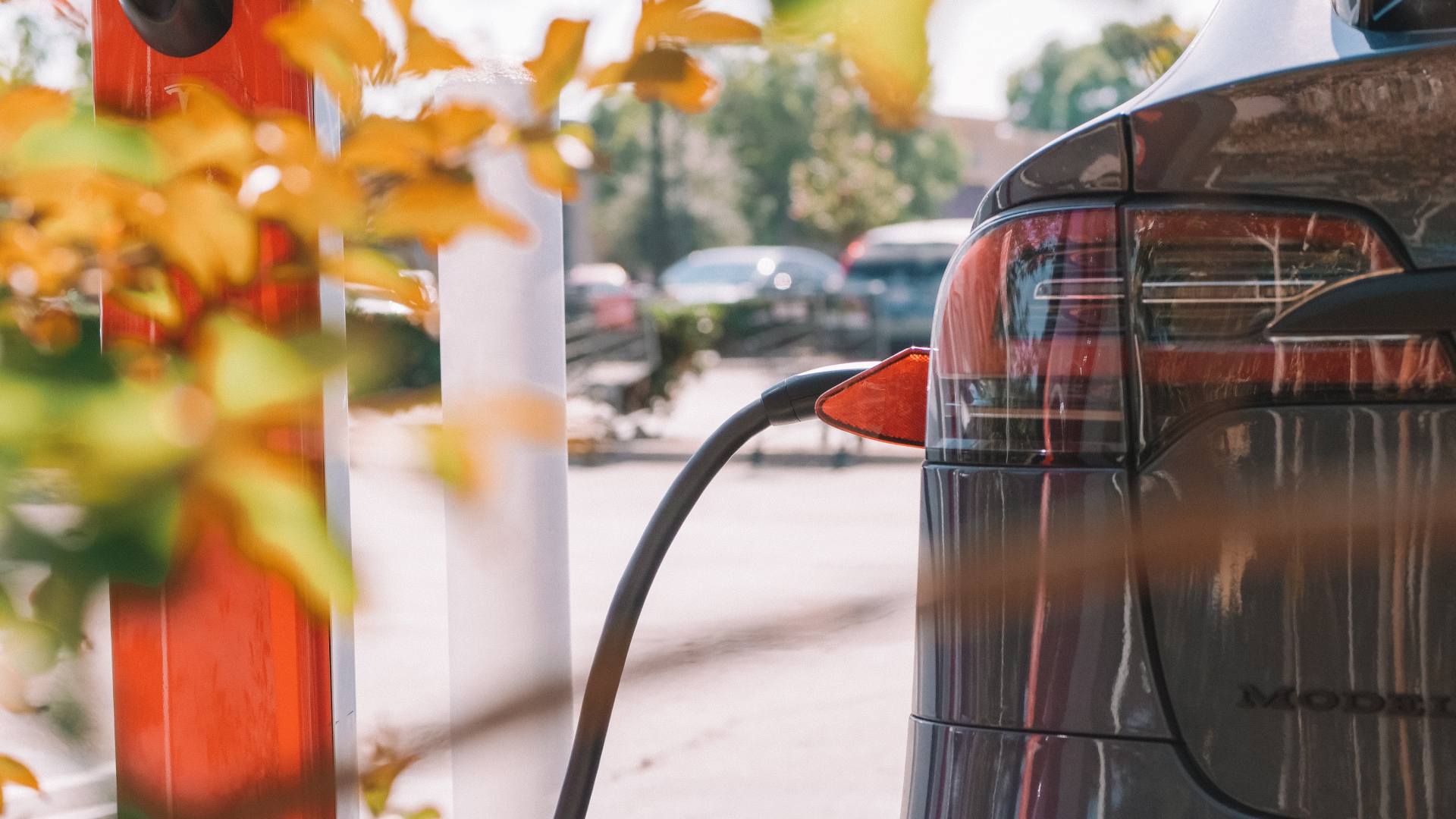For EV owners or potential owners, how to charge their EV will be a question that is front of mind. Without a parking garage or off-street private parking solution at home or work, many will have to consider the best public option to charge their EVs.
Typically, public EV charging stations have been designed for much shorter charge times. Found in a variety of public spaces like service stations or shopping centres, these charging stations offer drivers a quick top up while they are shopping or taking a break so that they can leave with more charge than with what they came. Where does this leave those without a private charger at home, though?
With EV uptake increasing, supplying more accessible, reliable public EV charging stations with slow charging capabilities will be a top priority in Australia.
Current public EV charging points
At present, Australia has about three thousand public charging stations according to the “Australian Electric Vehicle (EV) Charging Points Report 2022” by Savvy. These can be found at a number of locations from petrol stations to shopping centres to public car parks, and of these, 2531 are AC (slow) chargers and 471 are DC (fast) chargers.
With the projected growth of electric vehicles in Australia, we can expect to see three million EVs hit the road by 2030. It is clear that these three thousand public charging points across Australia’s more than 7.6 square kilometres will not be able to keep up with the demand.
Considerations with public charging
Time:
When choosing a public charge point, EV owners will need to consider the time it takes to charge their vehicle. This won’t be the same for every EV, but it can be found rather simply:
Battery size (kWh) ÷ charger power (kW) = charging time (hours)
This formula can be used to determine charge time on both AC and DC chargers, with the slow charge stations found where cars park for an extended period of time, rather than needing a quick top up – say on a trip.
Cost:
While cost in general is cheaper than filling up with petrol, it can vary between private and public charging, between public charging stations, and even between states.
According to a report by Drive, for private charging, the charge for a 60 kWh battery ranges between $14.67 in Victoria (cheapest) to $24.11 in South Australia (most expensive), and the range for public charging across all current providers can range from free to 63 cents, depending on a number of factors, including length of charge, provider, and whether one is AC or DC charging.
Location:
For the majority of current and potential EV owners, accessibility is the number one concern, especially if private charging options in a garage or off-street aren’t viable.
With increased EV uptake, a rise of apartment living, and the sheer size of Australia, there is a great need for more public charging stations to ensure EV owners aren’t left stranded in between trips.
Keeping communities happy
Governments and local councils can provide accessible, mass-scale public charging infrastructure in communities without off-street parking.
Please see our solutions page or contact us here if you want to hear more about EVX’s charging solutions for EV owners.

